Great Basin National Park Nevada: 1st Time Visitor Guide
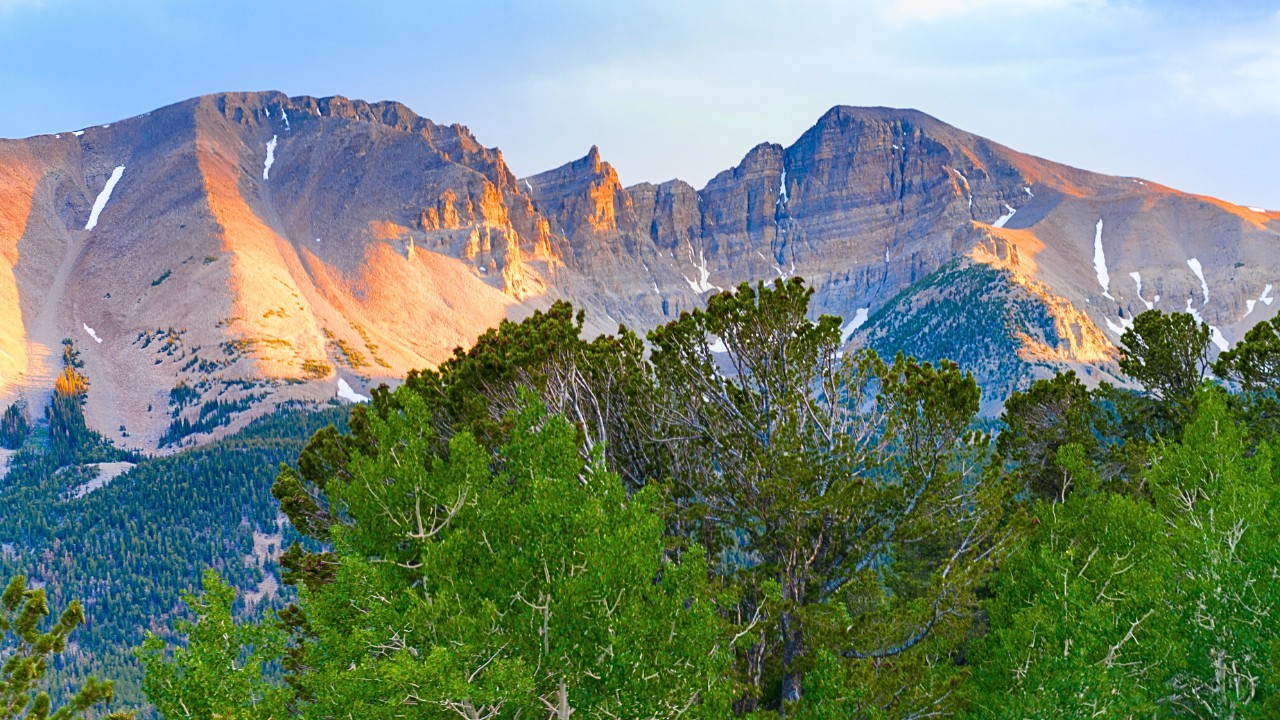
Great Basin National Park is one of Nevada’s most underrated treasures and it’s a place I never expected to visit, until I was traveling through the state and looking for new places to explore. It has towering peaks, ancient bristlecone pines, marble caverns, and some of the darkest night skies in the U.S. make this park a perfect escape for stargazers, hikers, and off-the-beaten-path adventurers. Whether you’re coming for a quick day trip or planning a multi-day getaway, this first-time visitor guide will help you explore the best of Great Basin National Park.
Overview
Located in eastern Nevada near the Utah border, Great Basin National Park Nevada spans over 77,000 acres and ranges in elevation from desert valleys to the 13,063-foot summit of Wheeler Peak. It’s home to some of the oldest trees on Earth, mysterious caves, alpine lakes, and sweeping desert vistas. One of the most surprising things about Great Basin is how uncrowded it is. Seriously this is one of the least crowded national parks in the US due to how remote it is to reach, especially compared to national parks in neighboring states. This solitude, combined with breathtaking diversity, makes it a hidden gem worth discovering.
Photos:
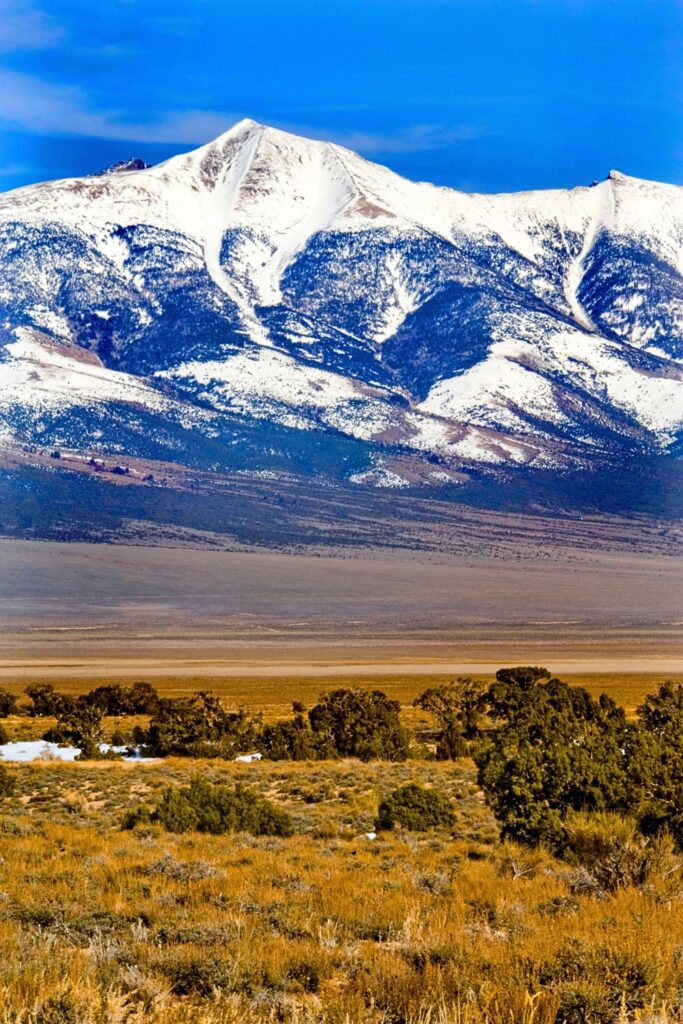
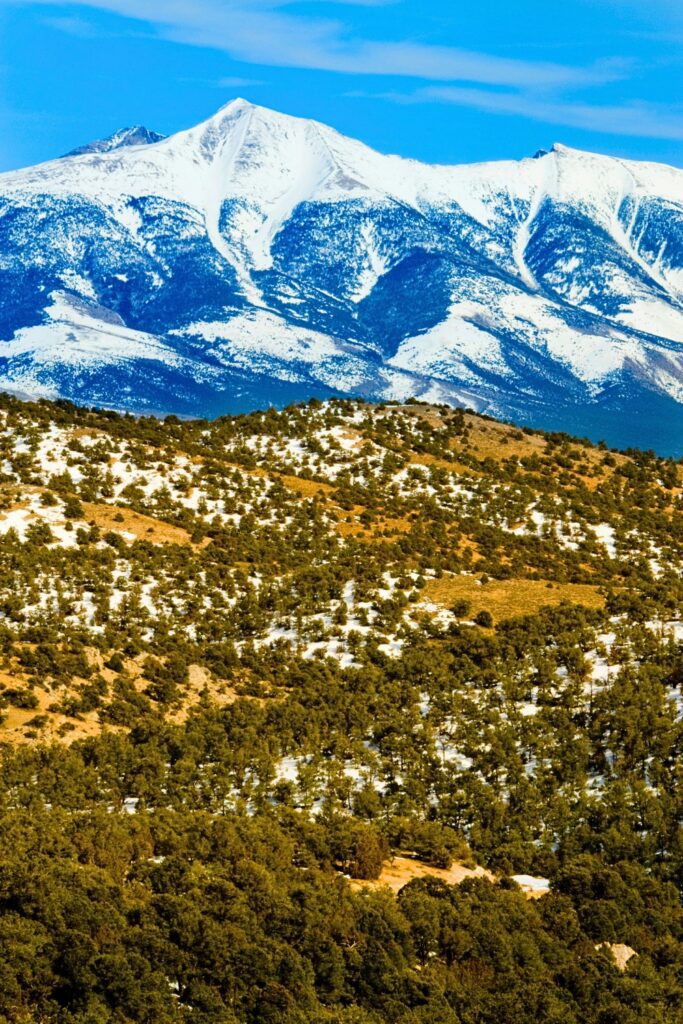
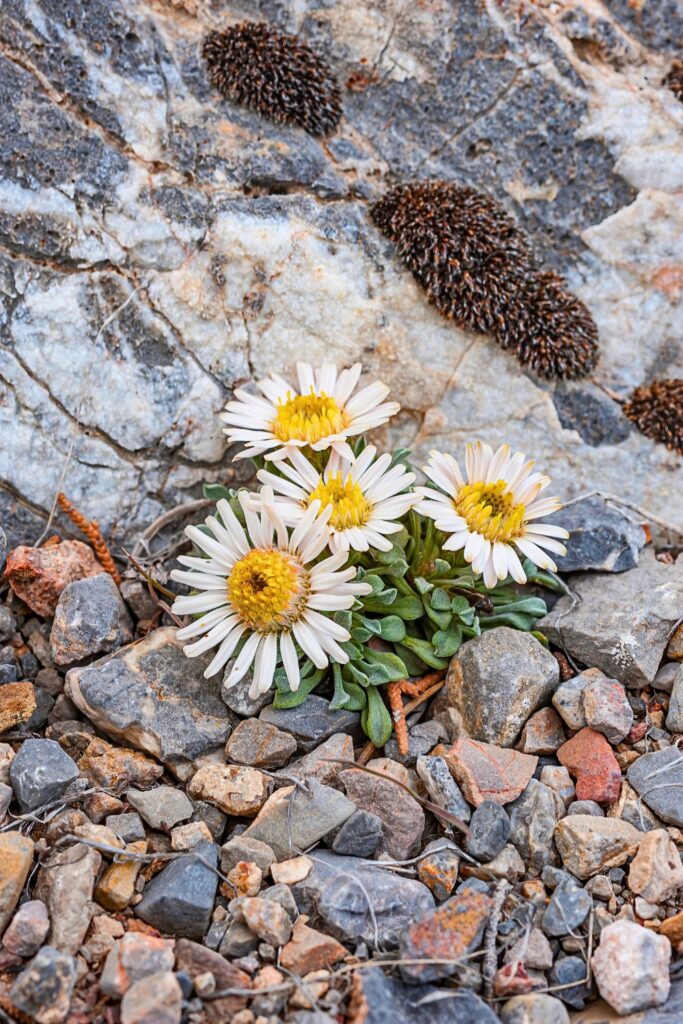

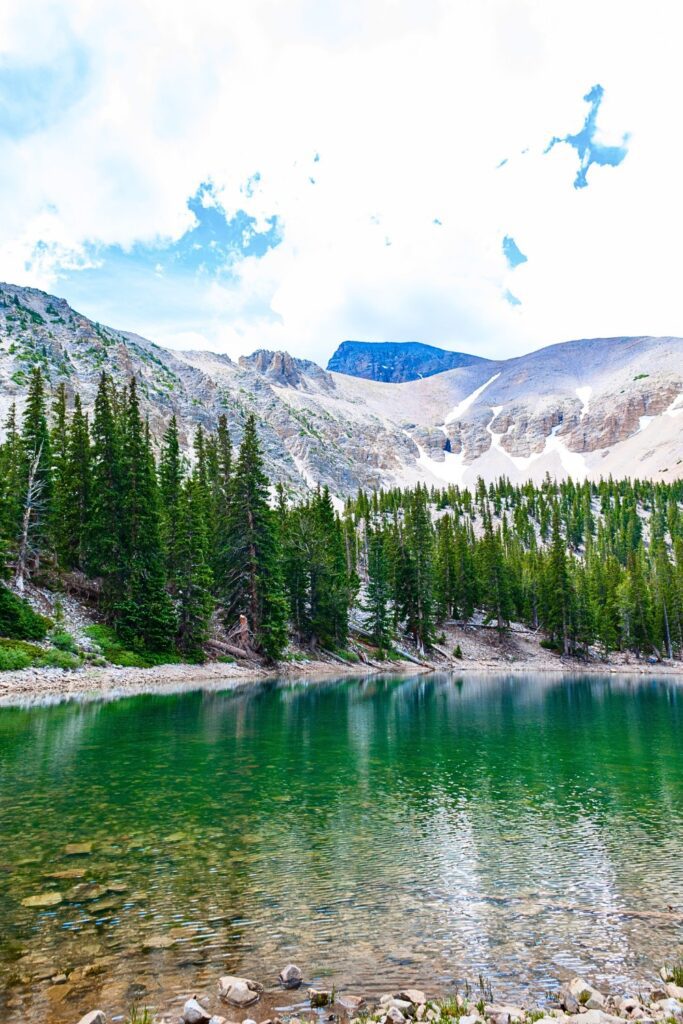



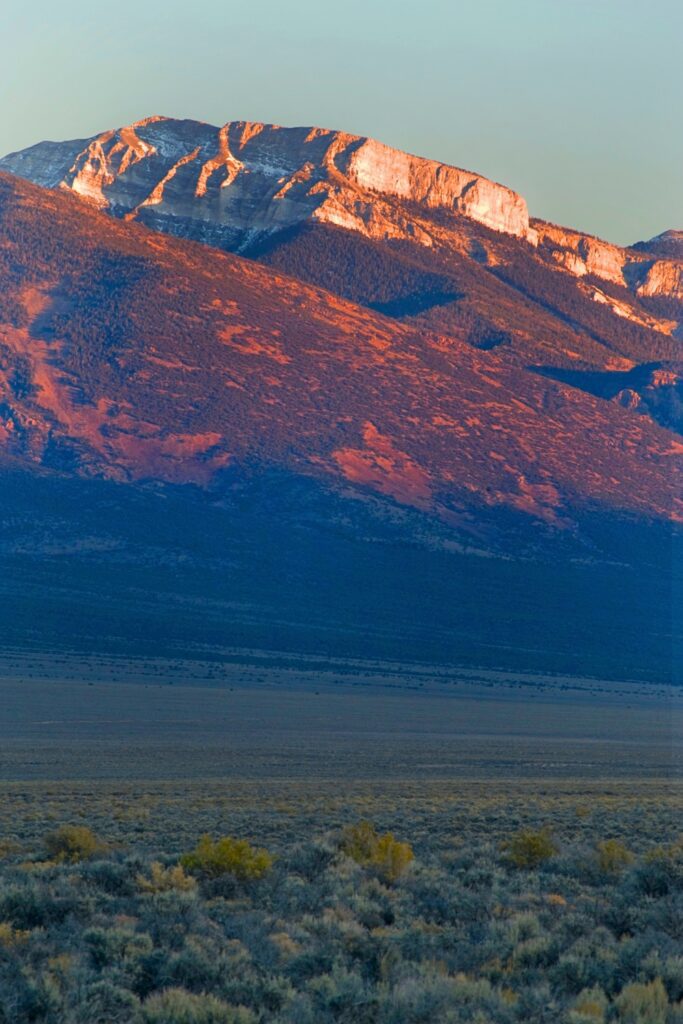

How to Get There
Great Basin is remote, but reachable by several scenic routes:
From Las Vegas: Take US-93 north to NV-318, then US-6 east to NV-487 north (~4.5–5 hours).
From Salt Lake City: Head west on I-80, then south on US-93 to US-50 (~4.5 hours).
Nearest Town: Baker, NV – just outside the park entrance and the only nearby town with basic amenities.
Note: There’s no public transportation to the park. A car is essential.
Best Times to Visit
Late spring through early fall (May–October) is the ideal window:
June to September: Best for hiking, camping, and cave tours.
October: Offers beautiful fall colors in higher elevations.
Winter (Nov–March): Access is very limited; roads to Wheeler Peak are often closed due to snow, but stargazing and solitude are unmatched.
10 Best Things to Do
Tour Lehman Caves – A guided walk through the park’s spectacular marble cave system filled with stalactites and rare shield formations.
Drive Wheeler Peak Scenic Drive – A 12-mile road climbing to 10,000 feet with overlooks, picnic areas, and access to alpine trails.
Hike to Alpine Lakes – The easy loop to Stella and Teresa Lakes offers incredible mountain views.
See the Bristlecone Pines – Hike through a grove of some of the world’s oldest living trees.
Stargaze at the Astronomy Amphitheater – Great Basin is an International Dark Sky Park with ranger-led night programs in summer.
Summit Wheeler Peak – A strenuous climb to Nevada’s second-highest peak with panoramic views.
Explore Baker Archaeological Site – Learn about the Fremont people who once lived here.
Attend a Ranger Program – Seasonal events on astronomy, geology, wildlife, and history.
Watch Sunrise or Sunset – Mather Overlook and Baker Creek Road offer epic light displays.
Wildlife Watching – Keep an eye out for mule deer, marmots, eagles, and even mountain lions.
Best Hikes (Beginner to Advanced)
Beginner:
Mountain View Nature Trail (0.3 mi): Easy loop near the visitor center.
Lehman Creek Trail (lower section) (up to 2 mi): Follows the creek with shade and wildlife.
Moderate:
Alpine Lakes Loop (2.7 mi): Scenic and family-friendly, passing two alpine lakes near Wheeler Peak.
Bristlecone Pine Trail (2.8 mi): A must-do hike through ancient trees.
Advanced:
Wheeler Peak Summit Trail (8.6 mi round-trip, 2,900 ft elevation gain): Challenging but rewarding climb to the park’s highest point.
Baker Lake Trail (12.0 mi round-trip): Remote wilderness trail into the Snake Range with dramatic scenery.
Packing List
Be prepared for variable weather and high elevation:
- My Amazon gear list
Layers (temps can drop quickly, especially at night)
Sun protection (hat, sunglasses, sunscreen)
Reusable water bottles/hydration system
Headlamp or flashlight (essential for night programs or camping)
Sturdy hiking shoes
Trekking poles (for high-elevation hikes)
Snacks or meals (limited food options nearby)
National Parks Pass or cash for entry (though entry is free!)
Binoculars or telescope for stargazing
Attractions nearby:
Where to Stay
Inside the Park:
Campgrounds: Wheeler Peak, Upper/Lower Lehman Creek, and Baker Creek (first-come, first-served)
No lodges or hotels inside the park.
Nearby Accommodations:
Baker, NV: Stargazer Inn, Whispering Elms Motel & RV Park
Ely, NV (~1.5 hours away): More options including hotels and dining
Tip: Book early if visiting in summer or during astronomy events.
Things to Know Before You Go
No park entry fee – Great Basin is one of the few free U.S. national parks.
Limited services – No gas stations or grocery stores inside the park.
Altitude matters – The park ranges from 5,000 to over 13,000 feet; give yourself time to acclimate.
Lehman Caves tours fill quickly so reserve online in advance.
Pets are allowed in campgrounds and on some trails, but not in Lehman Caves.
Cell service is minimal to none, download maps ahead of time.
Final Thoughts
Great Basin National Park is proof that you don’t need crowds to find awe. With its alpine lakes, marble caverns, quiet trails, and endless stars, it’s a place where time slows down, and where you’ll likely feel like you have the wilderness all to yourself. It’s a must add to your Nevada road trip ideas list whether you’re chasing solitude, stargazing dreams, or just an epic mountain hike, Great Basin delivers. Just come prepared, stay flexible, and let the silence of the desert and sky show you something unforgettable.
